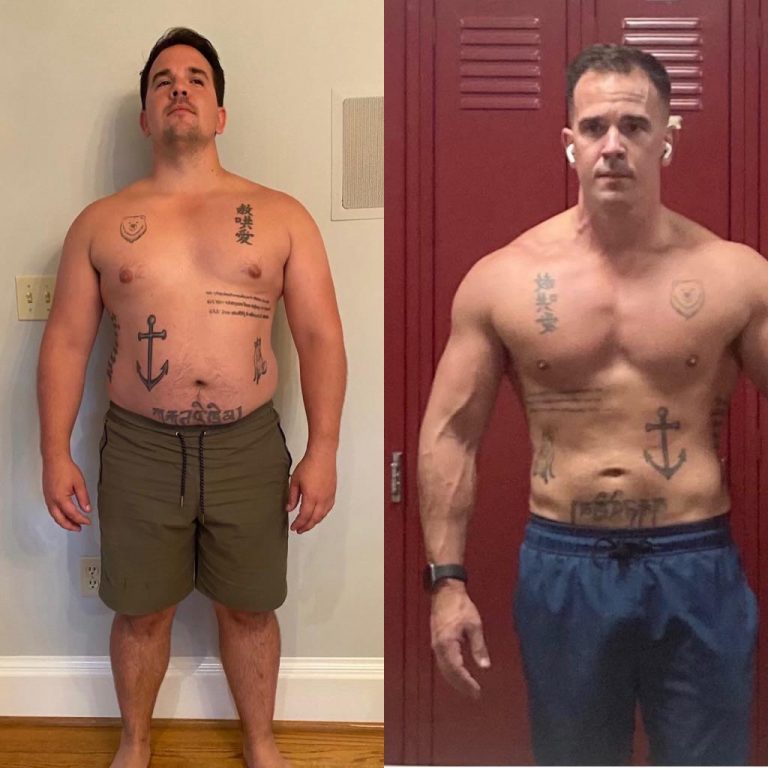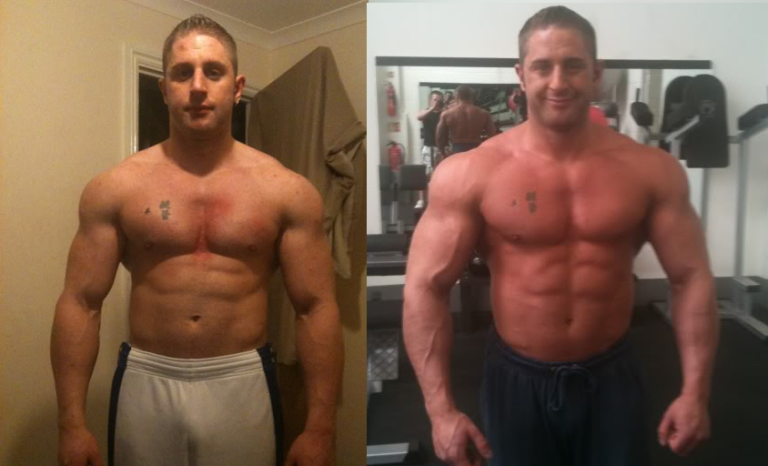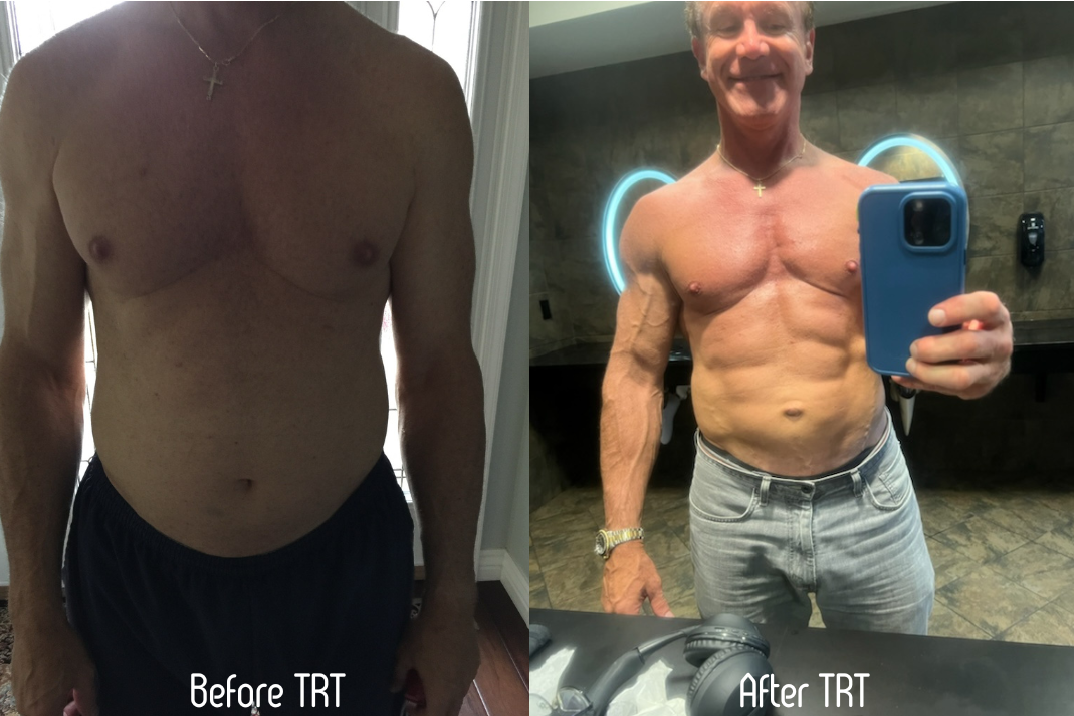Trt And Hgh Before And After

The allure of enhanced vitality, increased muscle mass, and a rejuvenated sense of well-being has fueled a growing interest in hormone replacement therapies, particularly testosterone replacement therapy (TRT) and human growth hormone (HGH). But beneath the surface of impressive before-and-after transformations lies a complex reality of potential benefits, significant risks, and ethical considerations that demand careful scrutiny.
This article delves into the multifaceted landscape of TRT and HGH, exploring the scientific evidence, potential side effects, regulatory frameworks, and evolving perspectives surrounding their use. It aims to provide a balanced and informed understanding of these therapies, moving beyond sensationalized claims and addressing the crucial questions individuals must consider before embarking on such treatments.
Understanding TRT and HGH
Testosterone replacement therapy (TRT) is a treatment designed to address low testosterone levels in men, a condition known as hypogonadism. This deficiency can lead to a variety of symptoms, including fatigue, decreased libido, muscle loss, and mood disturbances. TRT aims to restore testosterone levels to a normal range, alleviating these symptoms and improving overall quality of life.
Human growth hormone (HGH), produced by the pituitary gland, plays a crucial role in growth, cell regeneration, and metabolism. While HGH is essential for children and adolescents, its levels naturally decline with age. HGH therapy is approved for specific medical conditions, such as growth hormone deficiency, but its off-label use for anti-aging and performance enhancement remains controversial.
The Allure of Before-and-After Transformations
The internet is replete with before-and-after photos showcasing individuals who have undergone TRT or HGH therapy, touting dramatic improvements in muscle mass, fat loss, and overall physique. These transformations can be highly appealing, particularly to those seeking to combat the effects of aging or enhance athletic performance.
However, it's crucial to approach these claims with skepticism. Many of these transformations are accompanied by significant lifestyle changes, including rigorous exercise regimens and carefully controlled diets, making it difficult to isolate the specific effects of TRT or HGH.
Furthermore, the use of these hormones can be associated with significant risks and side effects, which are often downplayed or ignored in promotional materials.
The Scientific Evidence: Benefits and Risks
TRT has been shown to be effective in treating hypogonadism, improving muscle mass, bone density, libido, and mood in men with clinically low testosterone levels. Studies have also demonstrated improvements in energy levels and cognitive function in some individuals.
However, TRT is not without risks. Potential side effects include acne, hair loss, prostate enlargement, sleep apnea, and an increased risk of cardiovascular events in some individuals. The long-term effects of TRT are still being studied, and more research is needed to fully understand the potential risks.
The scientific evidence for the benefits of HGH therapy in healthy adults is less robust. While some studies have shown improvements in muscle mass and fat loss, these effects are often modest and accompanied by significant side effects. Potential side effects of HGH therapy include joint pain, carpal tunnel syndrome, fluid retention, and an increased risk of diabetes and certain cancers.
The Regulatory Landscape
The use of TRT and HGH is subject to strict regulations in many countries. In the United States, TRT is a controlled substance and requires a prescription from a licensed physician. HGH is also a prescription medication and is only approved for specific medical conditions.
The off-label use of HGH for anti-aging or performance enhancement is illegal in many jurisdictions. Athletes should be aware that HGH is banned by most major sporting organizations, including the International Olympic Committee and the World Anti-Doping Agency.
The availability of unregulated TRT and HGH products online poses a significant risk. These products may be counterfeit, contain harmful ingredients, or be improperly dosed, leading to serious health consequences.
Ethical Considerations
The use of TRT and HGH raises several ethical concerns. One concern is the potential for unfair advantage in sports. Athletes who use these hormones may gain an unfair edge over their competitors, undermining the principles of fair play.
Another ethical concern is the pressure to conform to unrealistic beauty standards. The marketing of TRT and HGH often promotes the idea that aging is a disease that can be cured, leading to unrealistic expectations and body image issues.
Furthermore, the use of these hormones can be seen as a form of medicalization of normal aging. Some argue that it is unethical to use drugs to artificially enhance physical appearance or performance when there are other, safer ways to achieve these goals.
The Importance of Informed Decision-Making
Individuals considering TRT or HGH therapy must engage in a thorough and honest discussion with their physician. This discussion should include a comprehensive review of their medical history, a physical examination, and appropriate laboratory testing to assess their hormone levels and overall health.
Patients should be fully informed about the potential benefits and risks of these therapies, as well as alternative treatment options. It is essential to have realistic expectations and to understand that TRT and HGH are not miracle cures.
It is also crucial to choose a qualified and experienced healthcare provider who can provide appropriate monitoring and management of treatment. Avoid clinics that promise unrealistic results or downplay the potential risks.
Looking Ahead
Research on TRT and HGH continues to evolve, providing a deeper understanding of their potential benefits and risks. Future studies may identify specific subgroups of individuals who are most likely to benefit from these therapies, as well as strategies to minimize the risk of side effects.
Advances in hormone delivery systems may also lead to more convenient and effective treatment options. It is likely that the regulatory landscape surrounding TRT and HGH will continue to evolve as more data become available.
Ultimately, the decision to undergo TRT or HGH therapy is a personal one that should be made in consultation with a qualified healthcare professional. A balanced and informed approach is essential to ensure the safety and well-being of individuals considering these treatments.


















